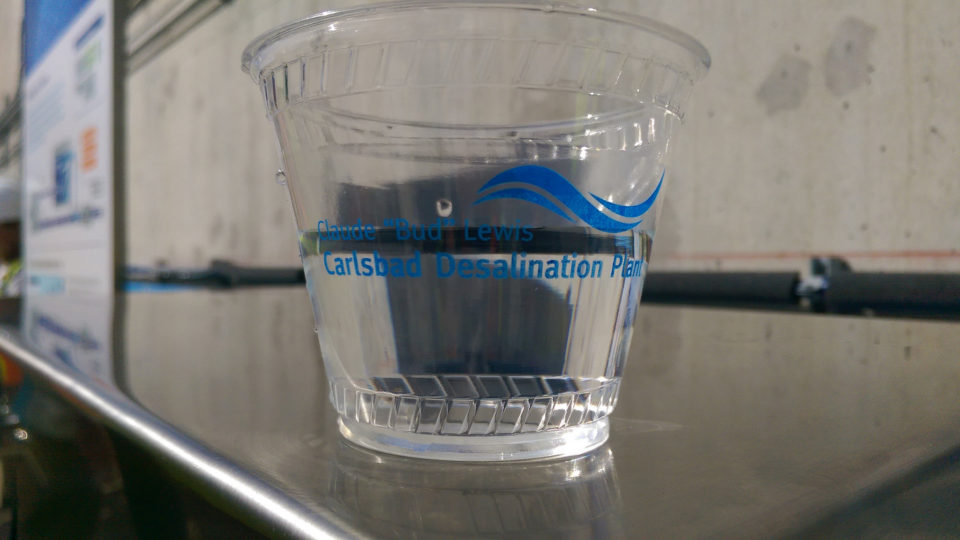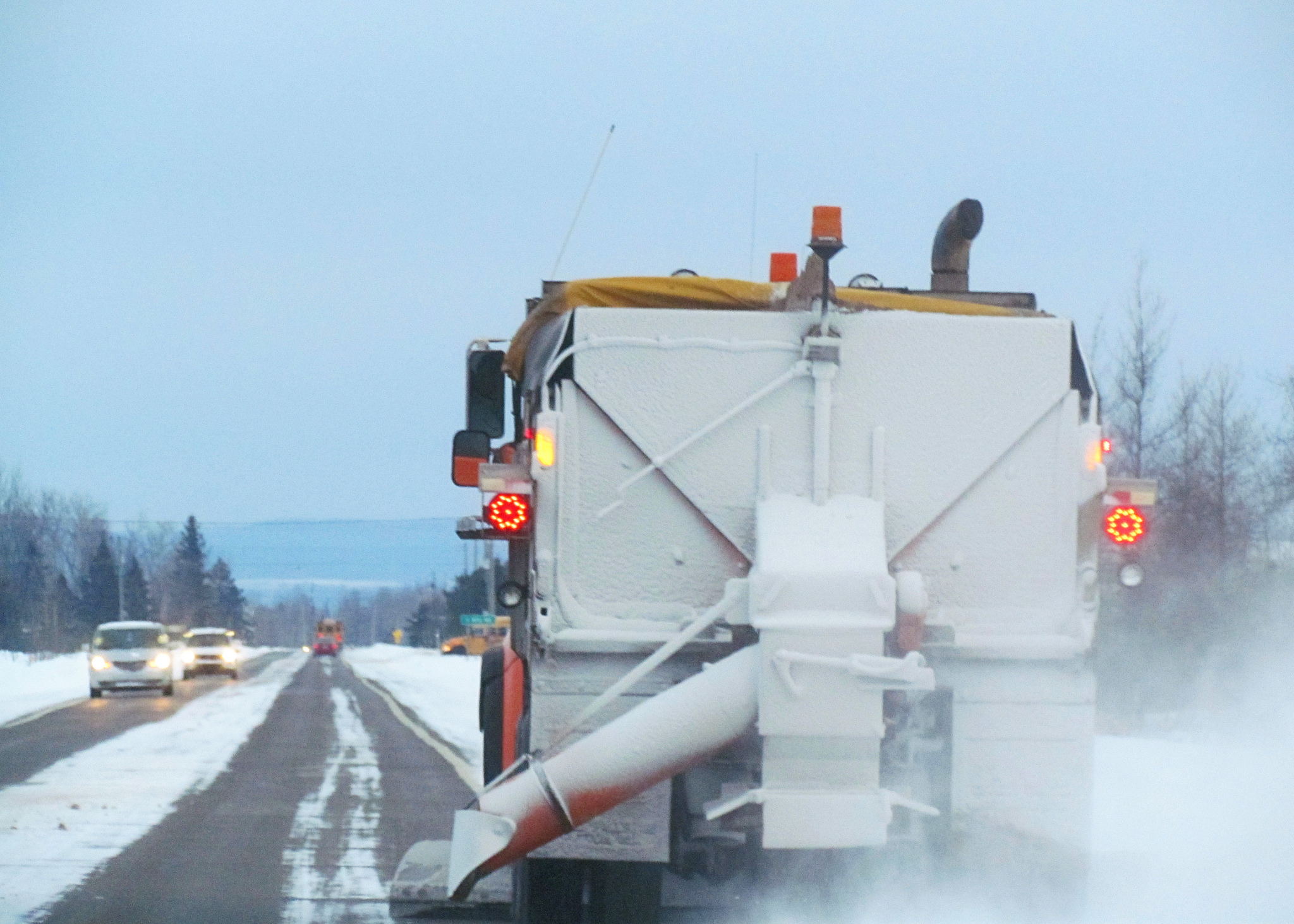salt
A Better Filter For Saltwater
Turning seawater into drinkable water is a highly desirable capability given that fresh water is generally in short supply and seawater is endlessly abundant. Desalination plants typically strain salt out of seawater by pumping it through films made of polyamide. Polyamide filters are riddled with tiny pores that allow water molecules to squeeze through, but not sodium ions.
Salt Cocktails Compromise Freshwater
Human activities are exposing US rivers and streams to a cocktail of salts, with consequences for infrastructure and drinking water supplies. Road salt, fertilizers, and mining waste – as well as natural weathering of concrete, rocks, and soils – all contribute to increased salt in waterways. When these different salt compounds combine, their harmful effects can amplify.
Saving The Sea From Salt
The Persian Gulf along with the Red and Mediterranean seas are getting saltier all the time because of the waste products of desalination. The United Arab Emirates, Saudi Arabia, Kuwait, Qatar, Bahrain and Oman account for 45% of the world’s desalination capacity. And the byproduct of desalination is brine, which is twice as salty as seawater. Even advanced desalination plants produce two cubic meters of waste brine for every one cubic meter of clean water.
De-Icing Roadways
We have been using salt to keep winter roads free of ice and snow since the late 1930s. In the United States alone, some 20 million tons of salt are applied to roadways each year. And while its use has real benefits in terms of safety and navigation, there have been cumulative costs to the environment, including degrading freshwater resources and contaminating groundwater.
Preservatives
Augmenting food with preservatives is not a recent practice. For thousands of years, we have canned fruits with sugar, preserved meats with salt, and pickled vegetables so that they could keep in hot humid environments.
Road Salt
Snow season is here. The chances are good you’ll find yourself behind a truck spreading salt on the roads in an attempt to deice them. You may even try a little salt on your own front porch. Annually we spread about 20 million tons of road salt in the U.S., and we’ve been doing it since the late 1930s.







